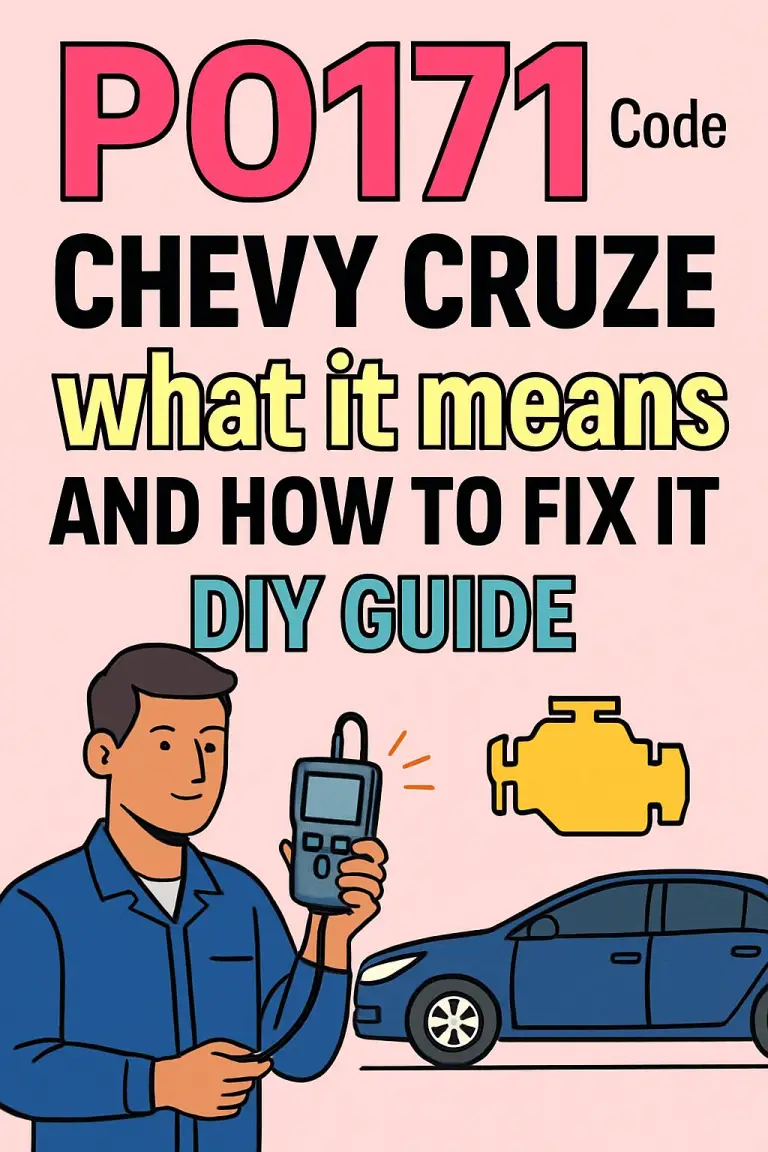5 Quick Fixes for P0456 Engine Code
P0456 is a common OBD-II code that indicates a leak in the evaporative emission control system (EVAP). This can be caused by a number of things, including a damaged gas cap, a leak in the fuel lines, or a faulty purge valve.
To fix the code, you will need to identify the source of the leak and repair it. This may require taking your car to a qualified mechanic.
So How To Fix P0456 Engine Code
1. Check the gas cap:
The most common cause of P0456 is a loose or missing gas cap. Make sure the gas cap is tight and properly sealed.
2. Inspect the evaporative emissions EVAP system:
The EVAP system is a series of hoses and valves that collect and store fuel vapors from the fuel tank. A leak in the EVAP system can cause the P0456 code.
3. Replace the purge control valve:
The purge control valve regulates the flow of air into the EVAP system. A faulty purge control valve can cause the P0456 code.
4. Check the fuel tank pressure sensor:
The fuel tank pressure sensor measures the pressure in the fuel tank. A faulty fuel tank pressure sensor can cause the P0456 code.
5. Replace the evaporative emissions canister:
The evaporative emissions canister stores fuel vapors until they can be safely burned off. A faulty evaporative emissions canister can cause the P0456 code.
How to Fix P0456 Engine Code
What is the P0456 Engine Code?
The P0456 engine code is a generic OBD-II code that indicates that there is a leak in the evaporative emission control system (EVAP). This system is designed to prevent fuel vapors from escaping from the fuel tank and entering the atmosphere. When the PCM detects a leak in the EVAP system, it will set the P0456 code.
What Causes the P0456 Engine Code?
There are a number of things that can cause the P0456 engine code, including:
A damaged or cracked EVAP canister
A loose or damaged EVAP hose
A clogged EVAP purge valve
A faulty EVAP vent valve
A leaking fuel tank
A leaking fuel filler neck
How to Fix the P0456 Engine Code
The first step in fixing the P0456 engine code is to diagnose the problem. This can be done by:
Visually inspecting the EVAP system for leaks
Testing the EVAP canister and hoses for leaks
Testing the EVAP purge valve and vent valve
Testing the fuel tank and fuel filler neck for leaks
Once the problem has been diagnosed, it can be fixed by:
Replacing the damaged or cracked EVAP canister
Replacing the loose or damaged EVAP hose
Cleaning or replacing the clogged EVAP purge valve
Cleaning or replacing the faulty EVAP vent valve
Repairing or replacing the leaking fuel tank
Repairing or replacing the leaking fuel filler neck
Preventing the P0456 Engine Code
The P0456 engine code can be prevented by:
Keeping the gas cap tightly closed
Avoiding driving over bumps or potholes
Avoiding filling the fuel tank too full
Having the EVAP system inspected and repaired regularly
By following these tips, you can help prevent the P0456 engine code from occurring.
FAQs: How to Fix P0456 Engine Code
What does the P0456 code mean?
The P0456 code is a generic OBD-II code that indicates that there is a leak in the evaporative emission control system (EVAP). This can be caused by a number of things, including a damaged or cracked gas cap, a loose gas cap, or a leak in the EVAP hoses.
What are the symptoms of a P0456 code?
The symptoms of a P0456 code can include:
A check engine light on the dashboard
A burning smell inside the car
A decrease in gas mileage
A rough idle
Engine hesitation
How is the P0456 code diagnosed?
The P0456 code can be diagnosed by a qualified mechanic using a scan tool. The scan tool will be able to read the code and identify the specific problem that is causing the code to be set.
How is the P0456 code fixed?
The P0456 code can be fixed by repairing the leak in the EVAP system. This can be done by replacing the gas cap, tightening the gas cap, or repairing or replacing the EVAP hoses.
How can I prevent the P0456 code from coming back?
You can prevent the P0456 code from coming back by:
Making sure that the gas cap is properly tightened after each fill-up
Repairing any leaks in the EVAP system
Avoiding driving over potholes or other obstacles that could damage the EVAP system
Keeping the gas tank full to help prevent evaporation



![Are Engine Code Readers Allowed On Flights [Elaborated]](https://automotiveglory.com/wp-content/uploads/2024/05/are-engine-code-readers-allowed-on-flights-elaborated_6144-768x529.jpg)

![Can Code Reader Work Without Check Engine Light On [Elaborated]](https://automotiveglory.com/wp-content/uploads/2024/05/can-code-reader-work-without-check-engine-light-on-elaborated_6174-768x529.jpg)
![Can A Dead Battery Cause Engine Code P2122 [Unraveled]](https://automotiveglory.com/wp-content/uploads/2024/05/can-a-dead-battery-cause-engine-code-p2122-unraveled_6151-768x529.jpg)